Hands-On Artificial Intelligence for IoT: Expert techniques for developing smarter IoT systems through Machine Learning and Deep Learning with Python
Build smarter systems by bringing together artificial intelligence and the Internet of Things—two of the most talked-about topics today.
Key Features
- Process IoT data and predict outcomes in real-time—using the power of machine learning, deep learning, natural language processing, and more.
- Leverage the power of two of the most popular Python libraries—TensorFlow and Keras—to build smart IoT models that work on real-time data.
- Includes practical case studies on the four major application areas of IoT—including industrial IoT, smart cities, and home automation.
Book Description
There are many applications that use data science and analytics to gain insights from the terabytes of data generated. These apps do not address the challenge of continually discovering patterns in the IoT data. In this book, we cover the various aspects of Artificial Intelligence (AI) and its implementation you can utilize to make your IoT solutions smarter.
This book starts with gathering and pre-processing the IoT data gathered from distributed sources. It will teach you different techniques in AI, such as machine learning, deep learning, reinforcement learning, natural language processing, genetic algorithms, and more to build smart IoT systems. The book also shows you how to leverage the power of AI to handle real-time data coming from wearable devices. Techniques for building models that work with different kinds of data generated and consumed by IoT devices, such as time series, images, audio, video, text, and speech. Useful case studies on four major application areas of IoT solutions are a major essence of this book—covering industrial IoT, home automation, personal IoT, and smart cities. During the book, you will leverage the power of popularly used Python libraries, TensorFlow & Keras, to build different kinds of smart AI models.
By the end of this book, you will be comfortable in building smart, AI-powered IoT apps.
What you will learn
- Apply different AI techniques, including machine learning and deep learning, using TensorFlow and Keras.
- Implement genetic algorithms, reinforcement learning, and generative adversarial networks to build smart IoT systems.
- Access and process data from various distributed sources.
- Perform supervised and unsupervised machine learning for IoT data.
- Implement distributed processing of IoT data over Apache Spark using MLLib and H2O.ai platforms.
- Configure and use different cloud platforms for IoT, like Google Compute Engine and Azure, to leverage AI in the cloud.
- Forecast time series data using deep learning methods.
- Process images and real-time videos.
- Manipulate text, audio, and speech data within the IoT system.
- Gain unique insights from the data obtained from wearable devices and smart devices.
- Practical learning on implementing AI from case studies in personal IoT, industrial IoT, and smart cities
Who This Book Is For
If you are a data science professional or a machine learning developer looking to build smart systems for IoT, this book is for you. If you want to learn how popular artificial intelligence (AI) techniques can be used in the Internet of Things domain, this guide will also benefit you. A basic understanding of the machine learning concepts will be required to get the best out of this book.
About the Author
Amita Kapoor is an associate professor in the Department of Electronics, SRCASW, University of Delhi. She has been actively teaching neural networks for the last twenty years. She did her master's in electronics in 1996 and her PhD in 2011. During her PhD, she was awarded a prestigious DAAD fellowship to pursue a part of her research work at the Karlsruhe Institute of Technology, Karlsruhe, Germany. She was awarded the Best Presentation Award at the Photonics 2008 international conference for her paper. She is a member of professional bodies such as OSA (Optical Society of America), IEEE (Institute of Electrical and Electronics Engineers), INNS (International Neural Network Society), and ISBS (Indian Society for Buddhist Studies). She has more than 40 publications in international journals and conferences. Her present research areas include machine learning, artificial intelligence, neural networks, photonics, and robotics.
She is the co-author of the TensorFlow Deep Learning 1.x Cookbook.
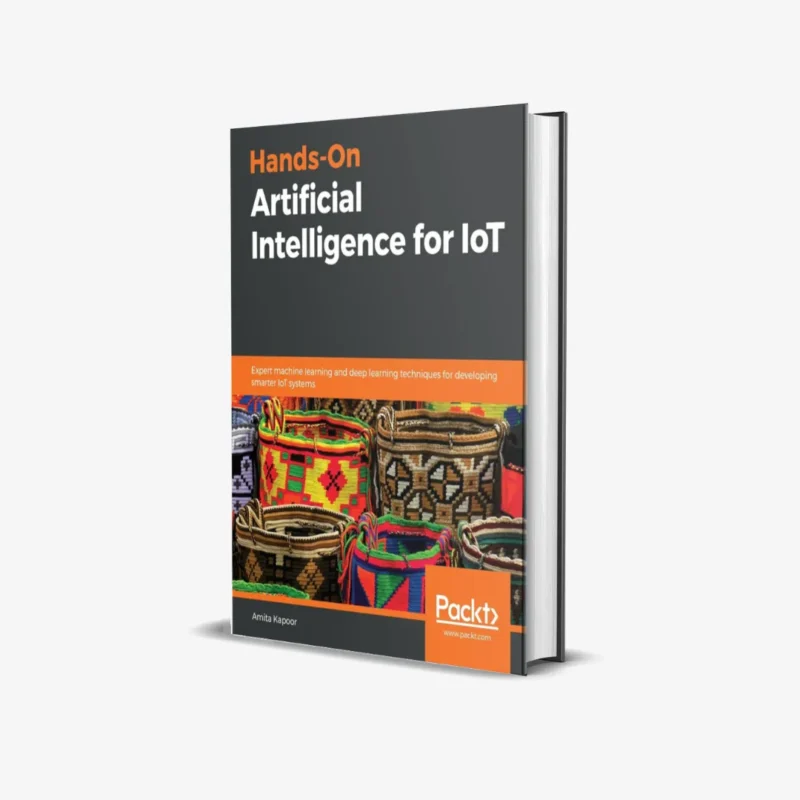

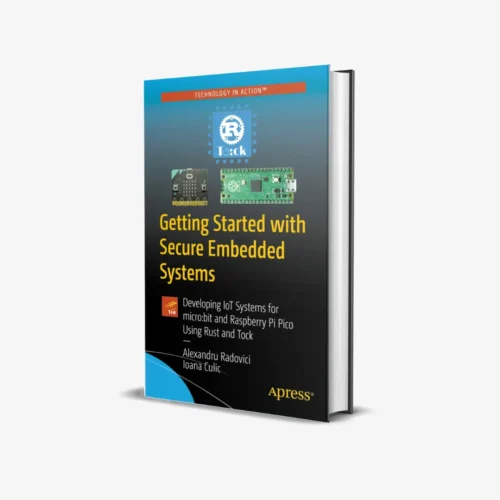
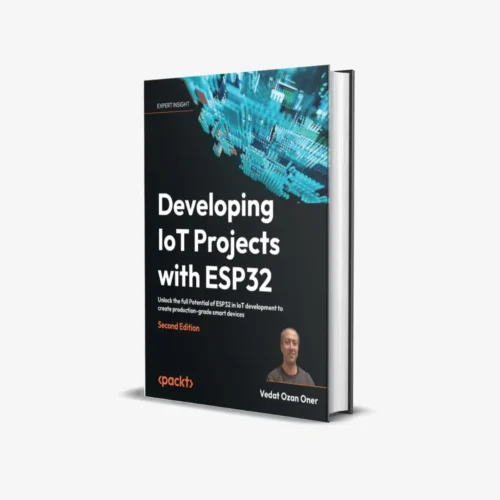
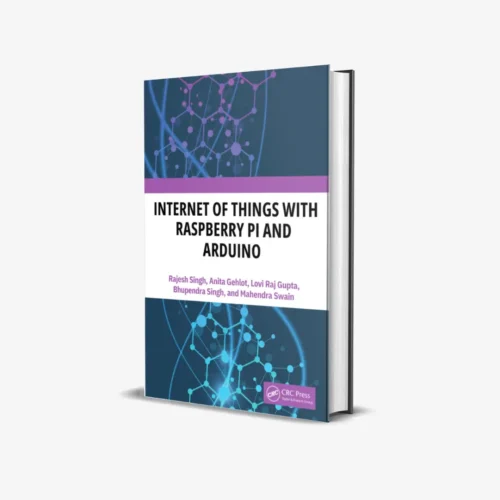

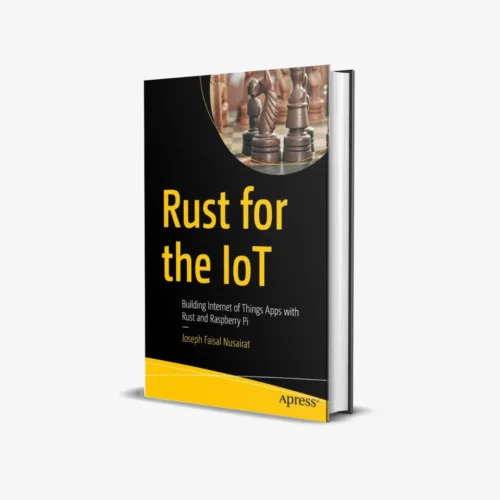


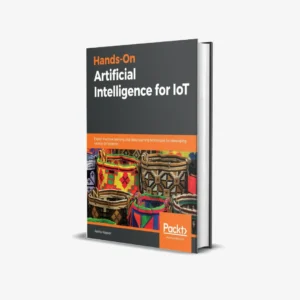
Reviews
There are no reviews yet.